Review: Samsung Galaxy Note II for Sprint
Nov 1, 2012, 10:59 AM by Eric M. Zeman
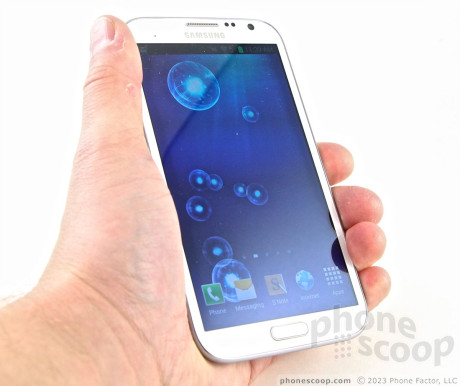
Sprint's version of the Galaxy Note II works on its 3G and LTE 4G networks. It boasts the same specs as other variants of the phone with little in the way of customization from Sprint.
Is It Your Type?
Samsung clearly believes in the phablet form factor, because the Galaxy Note II is even bigger than its monstrous predecessor. This follow-up smartphone improves nearly every feature while still maintaining some degree of refinement. If you subscribe to the "bigger is better" mantra, then the Note II could be the phone you're looking for.
As with the Galaxy S III, five major U.S. network operators are offering the Samsung Galaxy Note II. Sprint's version thereof runs on its CDMA 3G and LTE 4G networks, but is otherwise the same hardware and software offered by AT&T, T-Mobile, and Verizon Wireless. Many portions of this text has been carried over from Phone Scoop's review of the T-Mobile Note II. In this review, we evaluated the Sprint version for its network, signal, calling, and battery performance, as well as other attributes that make it unique to Sprint. Those sections are new.
Body
In redesigning the Galaxy Note, Samsung borrowed heavily from the design of its own Galaxy S III smartphone. The Note II uses the same design language and materials as the GSIII, only it's bigger. Putting the two side-by-side, the family resemblance is unmistakable. The Note II is the GSIII on steroids.
I've used the Galaxy Note II for two weeks, and it got a lot of attention everywhere I took it. There's no question the size makes it stand out. One friend of mine, who was using an iPhone 3GS, looked at it and said, "What, are you trying to give me smartphone envy?" Another friend of mine said, "Wow, what is that, a mini tablet?" Yeah, with a 5.5-inch screen, you can say that.
The Note II has clean lines, a straight-forward design that features curves instead of edges, and still manages to look sleek despite its giganto-phone proportions. The materials are mostly plastic and glass. I really wish Samsung would step up the quality of its materials across the board. The plastics are strong, but still come off as the cheap design option when you look at what HTC, Nokia, LG, and Apple are doing with materials these days. The glass surface of the display feels good under the thumb, but I'm not a fan of the thin battery cover.
One important change Samsung made with the Note II when compared to the original Note was to reduce the width. The Note II's screen — and hence the entire phone — is thinner. We're talking about a half a centimeter here, which may not sound like a lot, but it has a huge impact. The narrower profile makes the Note II much easier to hold in your hand. It's still impossible to wrap your fingers all the way around it, but believe me when I say the reduced width goes a long way to improving the daily usability of this phone.
The smooth surfaces are slick and glossy. Both the front and back are prone to collecting smudges and finger oils. It looks pretty gunky after using it for a few moments. However, the slippery surfaces mean the Note II glides into your pocket with ease. If it fits, that is. I tried carting the Note II around in several different pairs of jeans. It barely fit into one pair. No matter which pair of jeans I was wearing, the Note II's profile was easily visible on my leg. I always knew the phone was there, it's just too big and heavy not to notice.
The Note II uses a physical button for accessing the home screen. Its about an inch long and elliptical in shape. It has good travel and feedback. The back and menu keys are capacitive buttons to either side of the home button. There's no multitasking button, but if you press and hold the home button the multitasking panel will open.
The volume toggle is on the left edge. It feels cheap and produces a "clacky" sound when pressed that I found unappealing. The same goes for the lock button on the right edge. The microUSB port is on the bottom and the headphone jack is on top.
The battery cover can be peeled off in typical Samsung fashion by digging your thumbnail into a little slot. The 3100mAh battery itself can be removed if you so choose. As with other Sprint LTE phones, the microSIM card is embedded and inaccessible. Sprint spokesperson David Owens told Phone Scoop that starting next year, most or all of Sprint's LTE devices will have removable SIM cards. The Note II isn't one of them, however. The microSD card can be hot swapped without pulling the battery.
The S Pen is buried in the bottom of the Note II. It's quite simple to retrieve or insert. The Note II offers haptic vibration when the S Pen is removed from or stored in the Note II. The vibrations are meant to make the owner aware that the S Pen is or isn't where it ought to be.
Comments
You Just Cant Do It. Can You Eric?
TISK TISK TISK
Coverage is suject to geographic limitations and varies widely fron region to region.
I get it, youre not a Sprint fan, but could you be a bit less conspicuous with yiur bias, it truly detracts from Rich's and your credibility.
Respectfully
Rob P.
BTW Just bought this device and I have had Sprint for years very loyal to Sprint and LOVE THIS DEVICE!
(continues)
MadFatMan said:...
As being an established and trusted member of the wireless reporting media Eric, I would of expected better than for you of all people to not tarnish this well written review of yours with a jab at Sprint's network.
(continues)


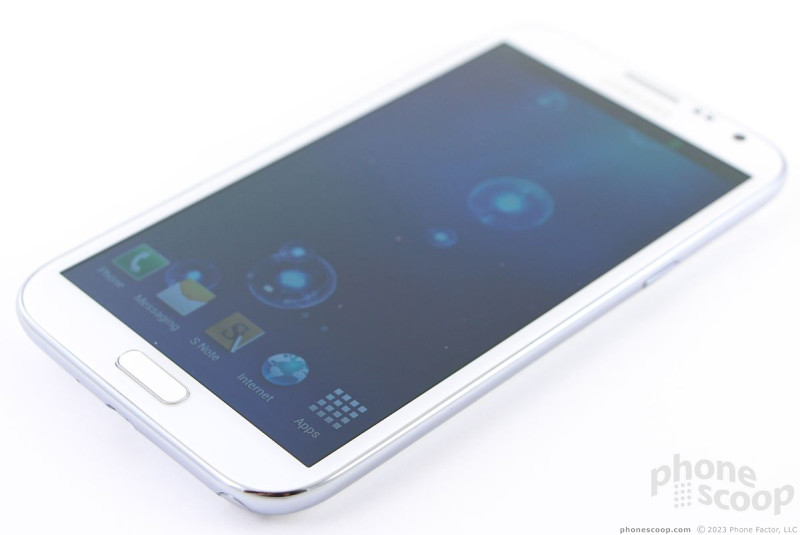
















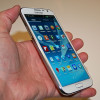 Hands-On: Samsung Galaxy Note II
Hands-On: Samsung Galaxy Note II
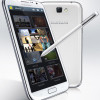 Samsung Reveals Galaxy Note 2, Plans U.S. Version
Samsung Reveals Galaxy Note 2, Plans U.S. Version
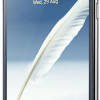 Sprint's Samsung Galaxy Note II Goes on Sale Oct 25 for $299
Sprint's Samsung Galaxy Note II Goes on Sale Oct 25 for $299
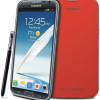 Five Major Carriers to Sell Samsung Galaxy Note II
Five Major Carriers to Sell Samsung Galaxy Note II
 Samsung Galaxy Note II (Sprint, US Cellular)
Samsung Galaxy Note II (Sprint, US Cellular)



